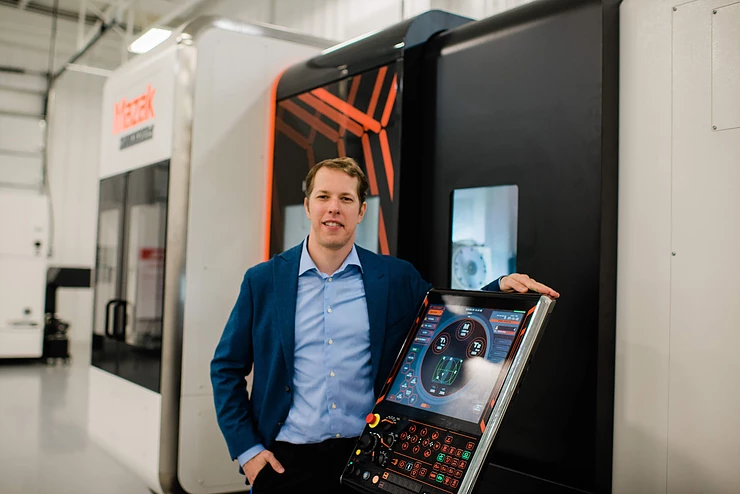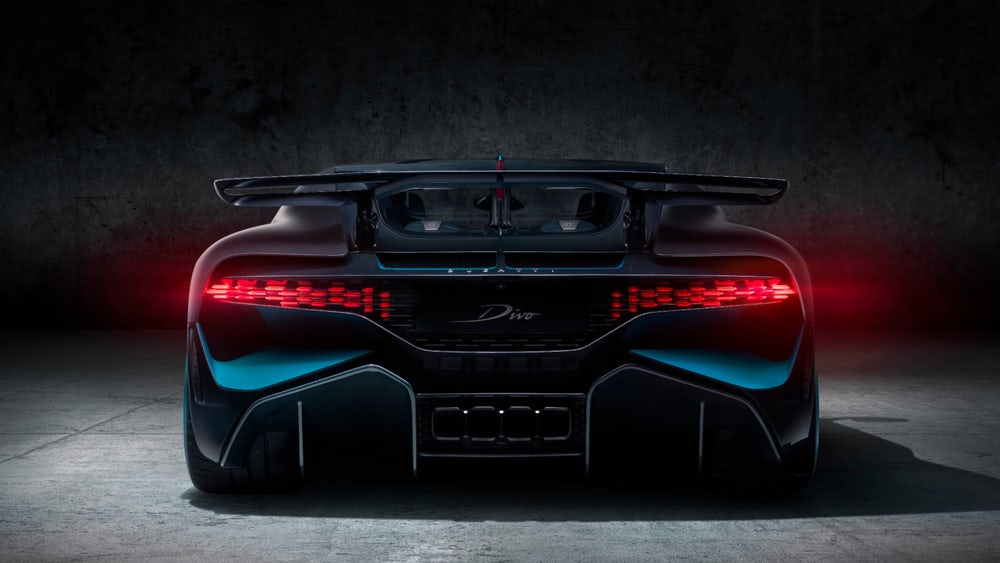Brad Keselowski, a professional racing driver and NASCAR champion, has unveiled Keselowski Advanced Manufacturing (KAM), a hybrid manufacturing company using 3D printing technologies in North Carolina. The driver and team leader invested more than $10 million to start the company.
The 70,000 square-foot facility is currently equipped with two Concept Laser M2 Multilaser 3D printers from GE Additive. It also features powder analysis tools and post-processing equipment. KAM comprises of 30 employees, with plans to expand to 100 employees by the end of the year.
The company will specialize in additive and subtractive manufacturing solutions, including selective laser sintering (SLS).
From racing cars to making cars
In his welcome address for KAM, Keselowski emphasized the capabilities of 3D printing, mentioning an Italian doctor who developed patient-specific 3D printed hip cup implants. Keselowski also previously expressed an interest in 3D printing after he raced in a car with metal 3D printed parts.
Coming from an engineering family, he believes that hybrid manufacturing is key to smart factories. Keselowski said,
“There was a time when additive and subtractive manufacturing were seen as rival technologies. At KAM, we see them as vital technologies that are in effect ‘brothers in arms.’”
Tooling and advanced powertrain units
KAM’s focus is on manufacturing products with high capabilities in light weighting, thermal, fluid passageways, strength, and conductivity. This includes parts for the aerospace, defence and automotive industries. In fact, Keselowski intends to “convert an entire industry to advanced powertrain units”.
Such units comprise of components that operate the drive of a vehicle. KAM will also offer “tool and die” services, i.e., rather than directly building end-use products. The company’s aim is to make tooling that is cheaper, higher quality and better for the environment. Once it is properly established, KAM hopes to begin working on medical applications.
Vertical integration, and ISO & AS9100 guidance
One significant part of KAM is its vertical integration which involves combining two or more stages of production normally operated by separate firms. With this, KAM will be able to complete large series production from start to finish.
“Many companies are tied down with huge legacy costs in other manufacturing methods, or business models that require outside vendors to manufacture,” said Keselowski.
“American companies looking for outside sources to manufacture hybrid additive and subtractive metal parts in serial production are sadly out of luck because they simply don’t exist at scale. That is, until now.”
The KAM facility is also built in line with ISO 9001 and AS9100 guidance. Additionally, it will utilize a full metallurgical lab, and a Pinnacle X-Ray Solutions CT scanner to examine inside detailed parts to find defects.

Racing cars and drivers in 3D printing
Keselowski moving from racing to additive manufacturing is not as big a jump as it seems. 3D printing is particularly useful for racing vehicles. For example, a racing car recently won the TRD 86 Cup, purportedly thanks to 3D printed parts.
Last year, Bugatti, a French luxury car manufacturer unveiled its latest supercar with 3D printed tail lights. The lights were 3D printed for optimum handling performance on winding roads. Weighing 35 kg (77 lbs), this supercar is lighter than the Bugatti Chiron, which featured the first metal 3D printed brake caliper.
A month after the Bugatti supercar unveil, KW Heritage restored an Alfa Romeo Tipo 33/3 sports car with 3D printed components. KW Heritage, the restoration arm of UK engineering firm KW Special Projects (KWSP), 3D printed replacement parts for the vehicle at less than a third of traditional costs.

As for Keselowski, he believes that simply being a racing driver provides the insight you need to begin a career in additive manufacturing.
“Being a race car driver has perfectly positioned me to lead an advanced manufacturing company,” said Keselowski.
“Years in motorsports have taught me several important lessons in the harshest of environments—environments where the quarterly report comes every weekend, and the failure to perform could mean not only your job, but possibly, your life.”
If you’re inspired by a company or organization, why not nominate them for the 2019 3D Printing Industry Awards?
For more news in additive manufacturing, subscribe to our free newsletter, follow us on Twitter and like us on Facebook.
Wherever you’ve come from, you can begin a career in additive manufacturing. Check out our 3D printing jobs site to see what’s out there for you.
Featured image shows Keselowski Advanced Manufacturing founder, Brad Keselowski, with a Mazak hybrid multi-tasking machine. Photo via KAM.



